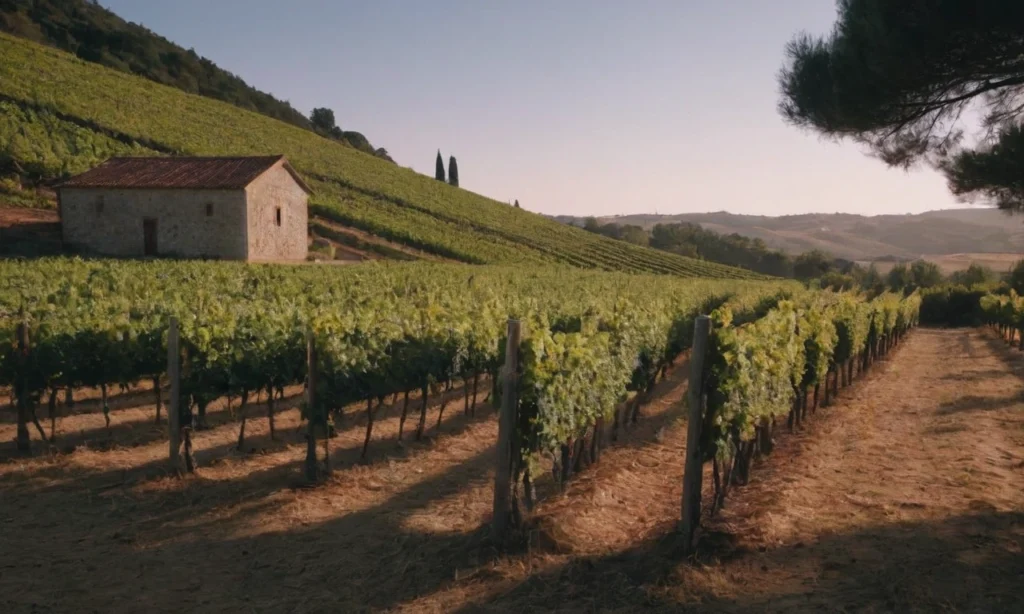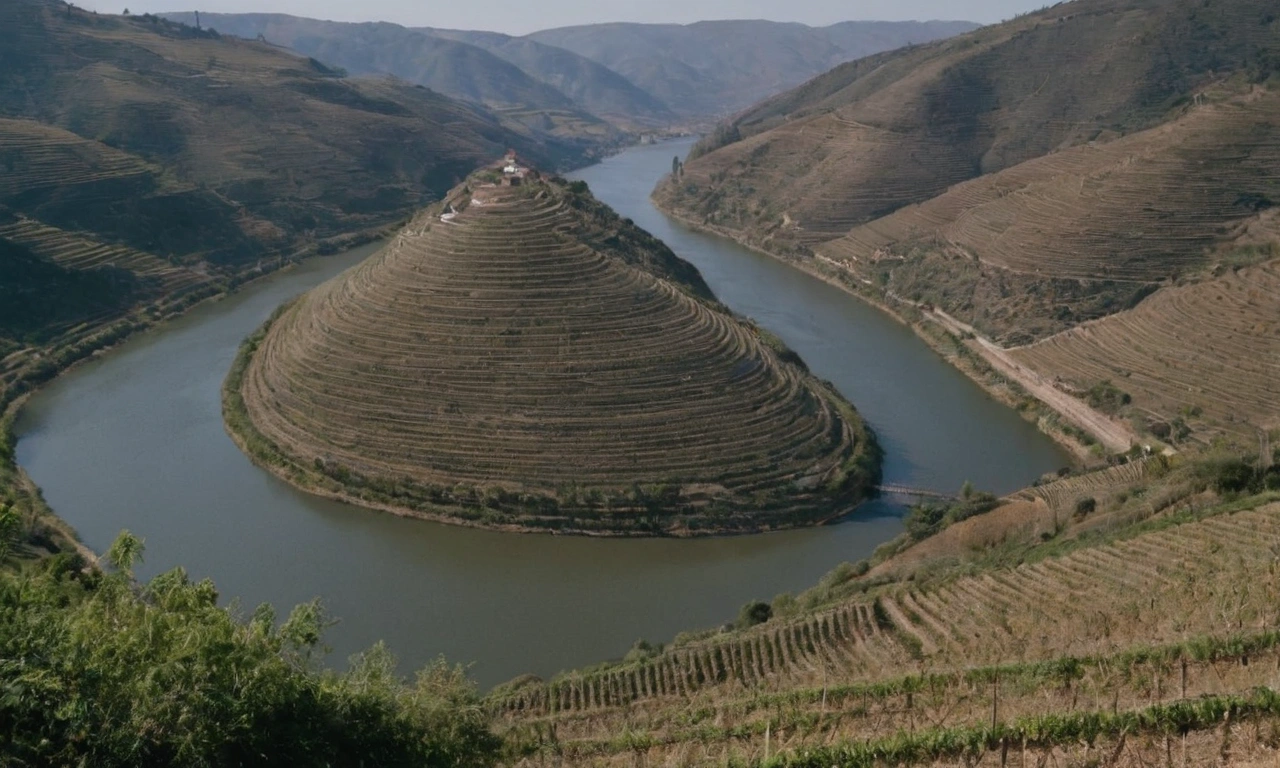A Landscape Like No Other
The Douro Valley emerges as one of Portugal’s most breathtaking natural wonders, a testament to the intricate relationship between human cultivation and extraordinary landscape. Located in northern Portugal, this UNESCO World Heritage site represents more than a mere geographical location – it is a living canvas that tells a story of centuries-old winemaking traditions, remarkable geological formations, and cultural resilience.
The Geological Marvel of the Douro
Carved by the Douro River, the valley presents a dramatic terrain of terraced vineyards that seem to defy gravity. Schist and granite hills create a rugged backdrop, with vineyard terraces cut into steep slopes that have been carefully cultivated for generations. These terraces, built by hand over centuries, represent one of the most remarkable agricultural landscapes in the world.
A Testament to Human Perseverance
The agricultural landscape of the Douro Valley speaks to human determination. Each terraced slope represents countless hours of manual labor, with walls built from local stone creating a patchwork of green and gray that stretches as far as the eye can see. The region’s farmers have transformed what would otherwise be impossible terrain into one of the world’s most unique wine-producing areas.
The World of Portuguese Wines
While Port wine has made the Douro Valley famous globally, the region’s viticultural achievements extend far beyond this single product. The valley produces an impressive array of red and white wines that capture the essence of the local terroir. Each wine tells a story of soil, climate, and generations of winemaking expertise.
Wineries: More Than Just Production Sites
The quintas (wine estates) of the Douro Valley are architectural and cultural gems. Many have been in the same families for generations, preserving traditions that date back centuries. These are not just production sites, but living museums of Portuguese winemaking heritage. Visitors can tour these estates, taste wines directly from the source, and gain insight into a culture deeply connected to its land.

Natural Beauty and Biodiversity
Beyond its viticultural significance, the Douro Valley boasts remarkable biodiversity. The region’s unique microclimate supports a diverse ecosystem, with native plant species and wildlife that have adapted to the challenging terrain. The river itself serves as a lifeline, creating a complex ecological system that supports both agriculture and natural habitats.
Seasonal Transformations
The valley changes dramatically with the seasons. Spring brings fresh green shoots to the vineyards, summer sees the landscape bathed in golden light, autumn transforms the hills into a palette of rich reds and browns during the grape harvest, while winter offers a stark, beautiful landscape of stone and bare vines.
Cultural Significance
The Douro Valley represents more than a wine-producing region – it is a crucial part of Portuguese cultural identity. The area has deep historical roots, with evidence of winemaking dating back to Roman times. Local communities have maintained traditional ways of life, with agriculture and wine production at the core of their cultural experience.
Preservation of Tradition
Despite modern technological advances, many local producers continue to use traditional methods of grape cultivation and wine production. Hand-picking during harvest, use of traditional stone lagares for wine pressing, and family-based production methods remain central to the region’s winemaking philosophy.
Practical Considerations for Travelers
Visiting the Douro Valley requires careful planning. The terrain can be challenging, with narrow, winding roads that snake through the mountainous landscape. However, this complexity is part of the region’s charm. Travelers can choose from various experiences – river cruises, wine tours, hiking trails, and stays at traditional quintas.
When to Visit
Each season offers a unique perspective on the valley. The harvest season in September and October provides the most dynamic experience, with active vineyards and traditional wine-making processes on full display. However, the valley’s beauty is constant, with each month offering its own special charm.
A Destination Beyond Expectations
The Douro Valley transcends the typical wine tourism destination. It is a complex, beautiful region that offers visitors a profound connection to landscape, culture, and tradition. More than a place to visit, it is an experience that challenges perceptions and provides deep insights into Portuguese heritage.
From its remarkable geological formations to its world-class wines, from its rich cultural traditions to its breathtaking landscapes, the Douro Valley stands as a testament to the remarkable intersection of nature, human innovation, and cultural preservation.
